-
BackX
-
Components
-
-
Category
-
Semiconductors
- Diodes
- Thyristors
-
Electro-insulated Modules
- Electro-insulated Modules | VISHAY (IR)
- Electro-insulated Modules | INFINEON (EUPEC)
- Electro-insulated Modules | Semikron
- Electro-insulated Modules | POWEREX
- Electro-insulated Modules | IXYS
- Electro-insulated Modules | POSEICO
- Electro-insulated Modules | ABB
- Electro-insulated Modules | TECHSEM
- Go to the subcategory
- Bridge Rectifiers
-
Transistors
- Transistors | GeneSiC
- SiC MOSFET Modules | Mitsubishi
- SiC MOSFET Modules | STARPOWER
- Module SiC MOSFET ABB’s
- IGBT Modules | MITSUBISHI
- Transistor Modules | MITSUBISHI
- MOSFET Modules | MITSUBISHI
- Transistor Modules | ABB
- IGBT Modules | POWEREX
- IGBT Modules | INFINEON (EUPEC)
- Silicon Carbide (SiC) semiconductor elements
- Go to the subcategory
- Gate Drivers
- Power Blocks
- Go to the subcategory
- Electrical Transducers
-
Passive components (capacitors, resistors, fuses, filters)
- Resistors
-
Fuses
- Miniature Fuses for electronic circuits - ABC & AGC Series
- Tubular Fast-acting Fuses
- Time-delay Fuse Links with GL/GG & AM characteristics
- Ultrafast Fuse Links
- Fast-acting Fuses (British & American standard)
- Fast-acting Fuses (European standard)
- Traction Fuses
- High-voltage Fuse Links
- Go to the subcategory
- Capacitors
- EMI Filters
- Supercapacitors
- Power surge protection
- TEMPEST emission revealing filters
- Go to the subcategory
-
Relays and Contactors
- Relays and Contactors - Theory
- 3-Phase AC Semiconductor Relays
- DC Semiconductor Relays
- Controllers, Control Systems and Accessories
- Soft Starters and Reversible Relays
- Electromechanical Relays
- Contactors
- Rotary Switches
-
Single-Phase AC Semiconductor Relays
- AC ONE PHASE RELAYS 1 series| D2425 | D2450
- One phase semiconductor AC relays CWA and CWD series
- One phase semiconductor AC relays CMRA and CMRD series
- One phase semiconductor AC relays - PS series
- Double and quadruple semiconductor AC relays - D24 D, TD24 Q, H12D48 D series
- One phase semiconductor relays - gn series
- Ckr series single phase solid state relays
- One phase AC semiconductor relays for DIN bus - ERDA I ERAA series
- 150A AC single phase relays
- Rail Mountable Solid State Relays With Integrated Heat Sink - ENDA, ERDA1 / ERAA1 series
- Go to the subcategory
- Single-Phase AC Semiconductor Relays for PCBs
- Interface Relays
- Go to the subcategory
- Cores and Other Inductive Components
- Heatsinks, Varistors, Thermal Protection
- Fans
- Air Conditioning, Accessories for Electrical Cabinets, Coolers
-
Batteries, Chargers, Buffer Power Supplies and Inverters
- Batteries, Chargers - Theoretical Description
- Modular Li-ion Battery Building Blocks, Custom Batteries, BMS
- Batteries
- Battery Chargers and Accessories
- Uninterruptible Power Supply and Buffer Power Supplies
- Inverters and Photovoltaic Equipments
- Energy storage
- Fuel cells
- Lithium-ion batteries
- Go to the subcategory
-
Automatics
- Spiralift Lifts
- Futaba Drone Parts
- Limit Switches, Microswitches
- Sensors, Transducers
-
Infrared Thermometers (Pyrometers)
- IR-TE Series - Water-proof Palm-sized Radiation Thermometer
- IR-TA Series - Handheld Type Radiation Thermometer
- IR-H Series - Handheld Type Radiation Thermometer
- IR-BA Series - High-speed Compact Radiation Thermometer
- IR-FA Series - Fiber Optic Radiation Thermometer
- IR-BZ Series - Compact Infrared Thermometers
- Go to the subcategory
- Counters, Time Relays, Panel Meters
- Industrial Protection Devices
- Light and Sound Signalling
- Thermographic Camera
- LED Displays
- Control Equipments
- Go to the subcategory
-
Cables, Litz wires, Conduits, Flexible connections
- Wires
- Cable feedthroughs and couplers
- Litz wires
- Cables for extreme applications
- Sleevings
-
Braids
- Flat Braids
- Round Braids
- Very Flexible Flat Braids
- Very Flexible Round Braids
- Cylindrical Cooper Braids
- Cylindrical Cooper Braids and Sleevings
- Flexible Earthing Connections
- Galvanized and Stainless Steel Cylindrical Braids
- PCV Insulated Copper Braids (temp. up to 85C)
- Flat Aluminium Braids
- Junction Set - Braids and Tubes
- Go to the subcategory
- Traction Equipment
- Cable Terminals
- Flexible Insulated Busbars
- Flexible Multilayer Busbars
- Cable Duct Systems
- Go to the subcategory
- View all categories
-
Semiconductors
-
-
- Suppliers
-
Applications
- CNC Machine Tools
- DC and AC Drives (Inverters)
- Energetics
- Energy bank
- Equipment and Components for Hazardous Areas [Ex]
- Equipment for Distribution, Control and Telecommunications Cabinets
- HVAC Automation
- Induction Heating
- Industrial Automation
- Industrial Protective Devices
- Machines for Drying and Wood Processing
- Machines for Thermoforming Plastics
- Mining, Metallurgy and Foundry
- Motors and Transformers
- Power Supplies (UPS) and Rectifier Systems
- Printing
- Temperature Measurement and Regulation
- Test and Laboratory Measurements
- Tram and Railway Traction
- Welding Machines
-
Assembly
-
-
Inductors
-
-
Induction devices
-
-
Service
-
- Contact
- Zobacz wszystkie kategorie
Rogowski Coils – Construction and Principle of Operation

Rogowski coils, thanks to their coreless design and wide frequency range, are becoming an increasingly popular alternative to traditional transformers or Hall sensors. In this article, we present the principle of their operation, practical applications, and compare them with other measurement technologies.
What is a Rogowski coil?
A Rogowski coil is a coreless current transducer used for measuring alternating current (AC). It operates based on the principle of electromagnetic induction – it measures the changing magnetic flux generated by the current flow, inducing a voltage proportional to the rate of change of current over time (dI/dt).
Applications of Rogowski coils
Rogowski coils are widely used in:
- power engineering (network monitoring, power quality analysis),
- industrial automation (drive control, motor startup),
- measuring devices and power parameter recorders,
- renewable energy installations (PV, wind turbines),
- e-mobility (charger monitoring, EV infrastructure),
- scientific research and laboratory pulsed current measurements.
Construction of a Rogowski coil
The coil consists of a flexible copper winding spirally wound around a plastic (non-ferromagnetic) core, shaped as a ring or an open loop. It has no ferromagnetic core, eliminating the problems of saturation and hysteresis.
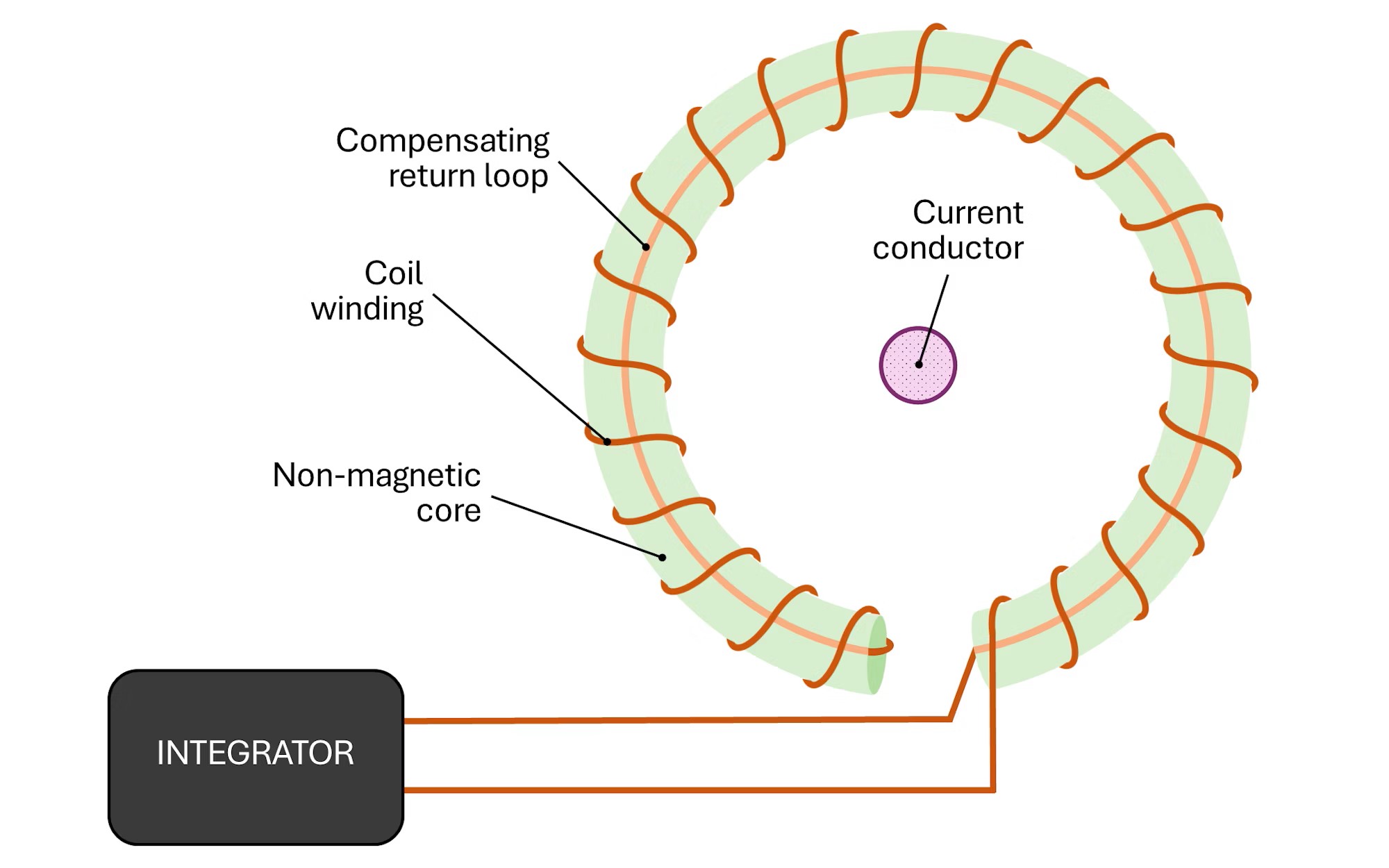
Operating principle of a Rogowski coil
The Rogowski coil works according to Faraday's law of induction: a changing magnetic field, caused by the current flow in the conductor surrounded by the coil, induces a voltage in it. This voltage is proportional to the derivative of the current over time:

*where M is the mutual inductance of the coil relative to the conductor.
To obtain the instantaneous current value, the signal from the coil must be integrated in the measurement path (either analog or digital). Key phenomena used in operation:
- electromagnetic induction (Faraday's law),
- superposition principle (for multi-conductor measurement systems),
- no magnetic coupling with a core (no saturation effect).
Why are PEM coils market leaders?
Rogowski coils from PEM (Power Electronic Measurements Ltd) are considered among the most accurate and stable solutions on the market. The company has been specializing exclusively in Rogowski coil technology for over 30 years, developing a range of innovative solutions:
RCT – industrial Rogowski coils for network monitoring
The RCT series is designed for operation in industrial environments. It offers:
- compliance with industrial standards,
- DIN rail mounting (easy integration with switchgear),
- digital communication via Modbus RTU interface, enabling remote parameter monitoring.
CWT – broadband coils for laboratory and power electronics applications
The CWT series includes precise probes with a wide frequency range – from low to very high:
- available in LF (Low Frequency) and HF (High Frequency) variants,
- bandwidth up to 30 MHz,
- option to choose between external or integrated integrator circuits.
CWT Mini / CWT UltraMini – miniature probes for local measurements
Designed for the most demanding and compact systems, the CWT Mini and UltraMini probes allow for:
- innovative measurement of through-hole components (THT),
- safe and precise measurements of semiconductor circuits (e.g., MOSFET, IGBT, SiC, GaN),
- installation in very limited spaces – e.g., directly on PCBs.
Why choose PEM coils?
PEM solutions stand out from the competition due to their unique design features and quality of workmanship:
- Measurement accuracy up to ±0.1%, achieved through individual calibration of each coil.
- No ferromagnetic core, eliminating issues of magnetic saturation and hysteresis.
- Wide frequency bandwidth – up to 30 MHz, depending on the model.
- Current measurement from a few milliamperes to hundreds of kiloamperes, including pulsed and high-frequency disturbances (HF).
- Flexible mechanical design – coils are lightweight, bendable, often with an openable structure.
- Compliance with international standards, including IEC 61010 and IEC 61869, ensuring safety and reliability.
Comparison with other current measurement methods
In engineering practice, various technologies are used for current measurement, each with its strengths and limitations. The Rogowski coil stands out due to its unique design and characteristics. Here's how it compares to other solutions:
Rogowski Coil
This is a coreless current transducer ideal for measuring alternating and pulsed currents. Its main advantages include:
- No saturation (because it does not contain a ferromagnetic core),
- Very wide frequency range, even up to tens of megahertz,
- Low weight and flexibility — can be installed even in hard-to-reach places,
- Safe, non-contact measurement (galvanic isolation).
Main limitation: it does not allow for direct measurement of the DC component, and the resulting voltage signal requires integration (analog or digital), which may increase the complexity of the measurement system.
Current Transformer (CT)
This traditional solution is primarily used in power engineering and AC current measurement systems. Main advantages include:
- Simple design and reliability,
- Good accuracy at power line frequencies (50/60 Hz),
- Low cost and wide availability.
Limitations include core saturation at high currents, limited frequency range (typically a few hundred Hz to a few kHz), and larger size and weight.
Shunt (measuring resistor)
A shunt is a precision resistor where the voltage drop is used to calculate the current value. Its advantages include:
- Measurement of both DC and AC,
- Very good accuracy at low currents,
- Direct integration with measurement electronics.
Its drawbacks are that the shunt must be inserted into the current circuit, which means no galvanic isolation, risk of thermal losses, and potential overheating at high currents.
Hall Effect Sensor
Hall sensors use the Hall effect to measure the magnetic field generated by the current, enabling measurement of both DC and AC currents. Additional advantages include:
- Full galvanic isolation,
- Compact form factor,
- Easy integration with digital systems.
Main disadvantages include lower accuracy compared to shunts or Rogowski coils, temperature sensitivity, and limitations in high-frequency signal measurement.
Conclusion
The Rogowski coil is best suited where the following are required:
- Measurement of high currents (pulsed or alternating),
- Wide measurement bandwidth,
- Lightweight, flexible, and non-contact installation,
- No issues with saturation or hysteresis.
However, for DC current measurement, high accuracy at low ranges, or simplicity of the system, other technologies may be more appropriate — each has its place in specific applications.
Rogowski coils are current transducers that, thanks to their coreless design, wide bandwidth, and high mechanical flexibility, are ideal for demanding measurement applications. Their ability to accurately reflect rapidly changing currents, immunity to saturation, and resistance to electromagnetic interference make them an ideal choice for power electronics, industrial automation, scientific research, renewable energy systems, and electromobility.
Although not a universal solution (e.g., they do not directly measure DC current), in many scenarios they outperform traditional current transformers, shunts, or Hall sensors – especially where dynamics, safety, and ease of installation matter most.
The choice of the right current measurement technology should always consider the characteristics of the measured signals and the operating environment — and the Rogowski coil may just be the missing link in a modern measurement system.
Related products
Related posts
 Now available – DC/DC converters from PREMIUM
Now available – DC/DC converters from PREMIUM
 New release in DACPOL lighting for lathes – Kira covers
New release in DACPOL lighting for lathes – Kira covers

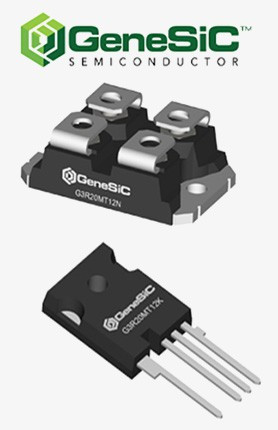
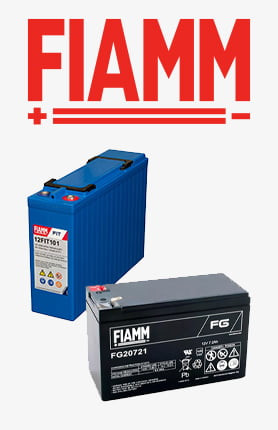
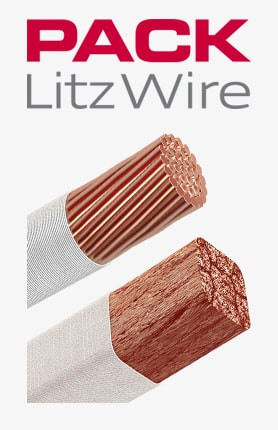
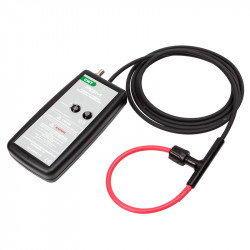
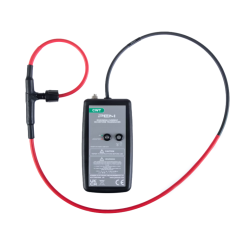
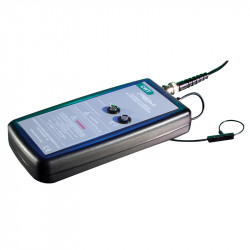
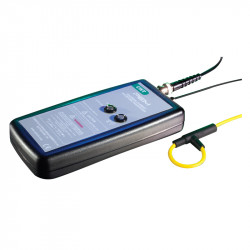
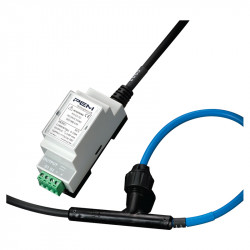
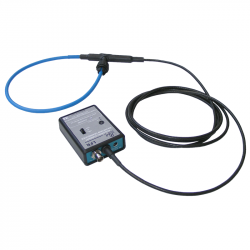
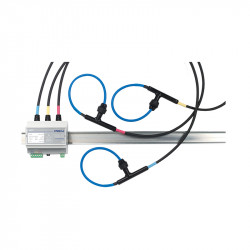
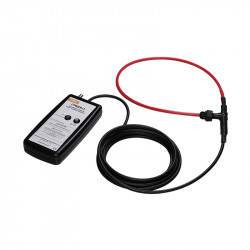
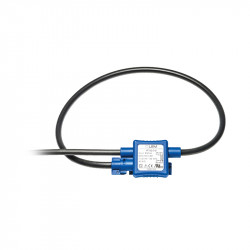
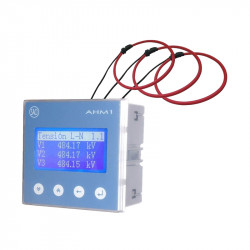

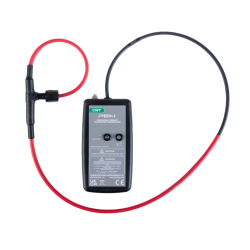
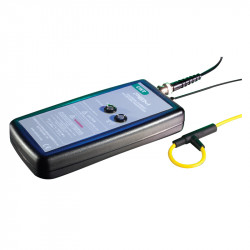
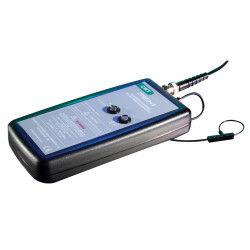
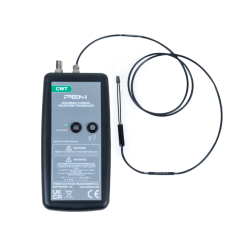
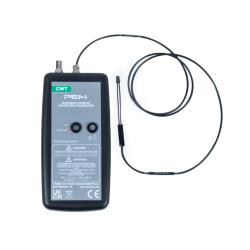
Leave a comment